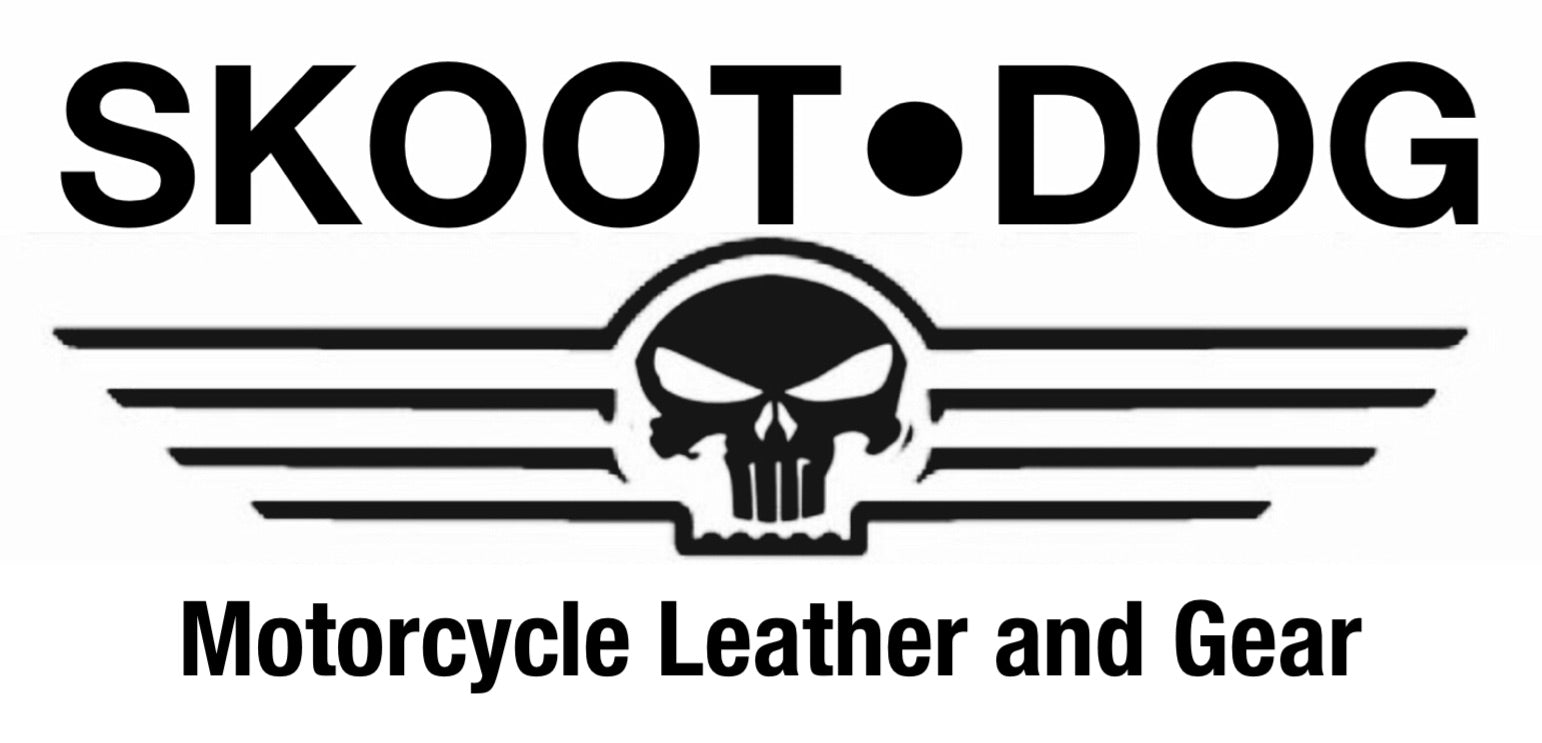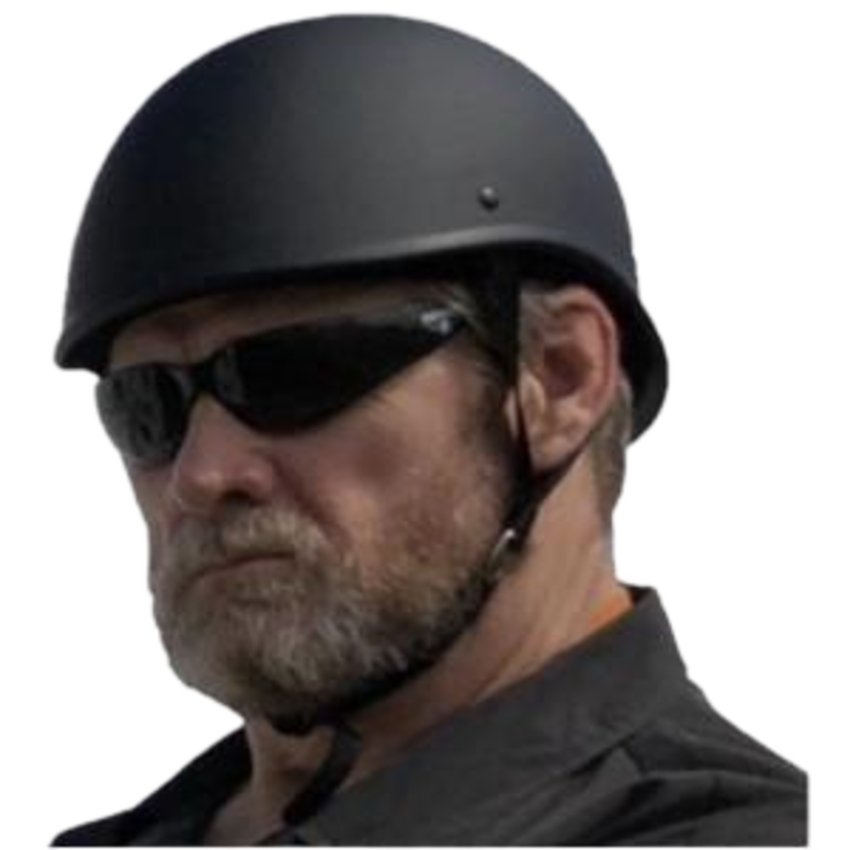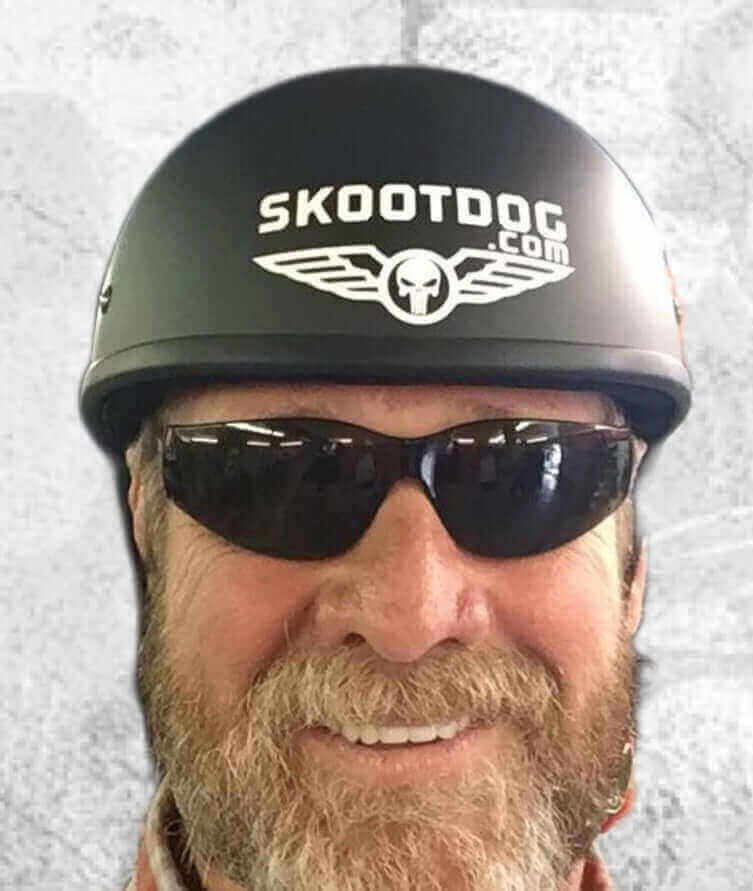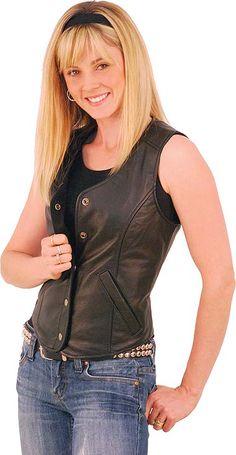Unarguably, a helmet is the single most important piece of safety gear when riding a motorcycle. Moreover, a DOT Certified Helmet is one way people can safeguard themselves in case of an accident or crash.
Different states have different requirements for riding a motorcycle, but you should always ride with a helmet. In states with Helmet law, It is mandatory and riding without it can cost us a ticket. Fortunately, there is a broad variety, sometimes making it difficult for many users to decide which model is best for them.
When we want to buy a motorcycle helmet, we must first consider what budget we have for the purchase. The industry has a price range that ranges from $50 to $800. This breadth is due to the great variety of materials with which the helmet is manufactured.
The low-price models offer us somewhat protection but a relatively low level of comfort. It is also advisable to change them every five years because these lose their properties as they are expose to the elements and changes in weather.
The mid-priced models are usually made of ABS of fiberglass, which are the materials that absorb the best impacts, and they have interior finishes and liners that add good value for the money.
Finally, the high-end models are typically made with the latest generation materials, such as carbonfiber. They combine lightness and resistance. Besides, in this range, we find the most innovative design models, most advanced in comfort and aerodynamics.
The Different Types Of Motorcycle Helmets
There are three different types of motorcycle helmets in the market:
Full Face Helmet:
The full-face helmet fulfills its name. Therefore, it offers the most coverage around your head and neck, considered the safest motorcycle helmet protecting you from potential impact. A full-face the helmet includes a chin bar, which is a safety feature that many helmets lack.
Since the chin encounters fifty percent of service impacts during an accident, the full-face helmet can provide you with protection for your chin and jaw.
Modular or Flip-up Helmet:
Modular helmets also called flip-up helmets. There are an amalgamation between a three-fourth helmet and a full-face helmet. These helmets include a chin bar and a visor for eye protection and occasionally contain a secondary internal one for additional eye protection from the sunlight. Although these helmets are highly popular globally, rider safety is slightly reduced because of the hinge structure.
Open-Face & Half-Helmets:
This type of helmet covers the top back of your head, leaving your face open to the wind. These are popular amongst scooters, tourers, and cruisers since they like to keep their face open to feel the wind on their skin.
Open face helmets are considered structurally equal to the full-face helmet in terms of safety and the areas they cover. A MicroDOT helmet not only gives you comfort and protection, but these are also lightweight, helping riders with neck and spinal problems to ride without the feeling of an anvil crushing their neck.
-
DETERMINE THE SHAPE OF YOUR HEAD
Now, it is time to find out the shape of your head. People generally fit into one of two head shapes: long oval or round. To find out what you have, take a photo of your head from above. Make sure to flatten your hair down as much as possible since it can darken your head's shape. When looking at the picture, is your head almost round like a bowl, or is its long oval like an egg?
-
DETERMINE THE SIZE OF YOUR HELMET
Now, it is time to find your helmet size. Helmet size is a bit strange for most people as we do not use head size as frequently as say, waist, shirt, or shoe size in daily life. Fortunately, it is not difficult to find out! You can do this next step yourself, but we recommend that you ask a friend to give you the most accurate measurement.
Measure the circumference of your head with a smooth string or a tape measure. It should go over the eyebrows and around the head's back, including the broadest part. If using a string, you will just need to place it against a ruler after measuring to calculate length.
Compare your result with the helmet's size chart, and you will determine what size you need to order.
Now that you know your head shape and measurement, you are ready to place your order!
When your helmet arrives, grab the straps, and slide it over your head. It must be noted that helmets are not designed to be comfortable while your head goes through the padding, and you may have to adjust your ears. That is normal, like fixing your socks after you put on shoes. The focus should be on the fit when the helmet's in place.
Check the Fit.
If the helmet fits you, you should feel the padding against your head. After that, grab the straps and adjust them. When doing this, the forehead's skin should move, not the helmet. If it feels tight, be aware that most helmet linings soften by about 15-20 percent after the first 15-20 hours of use.
Wear the Helmet
Leave the helmet on for 15 to 30 minutes. Just sit down, maybe watch your favorite TV show. Pressure points are what you are looking for. Please note that this half-hour period must be spent off the bike.
Does It Feel Good? Go for A Ride!
Wearing a helmet will not be as comfortable as sitting at home without one. That being said, you should feel comfortable wearing the helmet for half an hour each time. After the first 15-20 hours, the helmet should be fully molded to your head, making it fit even better. Enjoy your new helmet!
Common Problems
-
"My ears bend when I put the helmet on."
That is normal. As long as you can push your ears into a natural position and do not hurt, you are ready. Again, it is about how the helmet fits once it is in position.
-
"I really can't tell the shape of my head."
Get a friend to help you get that bird's-eye view of your head. Flatten your hair as much as you can to check your shape.
-
"I can't even stick my head into the helmet, even though the chart said it was my size!"
That should be your size. You have to consider that some helmets have more padding than others. Hold the helmet by the two straps, with your thumbs pressing the straps against the helmet. Gently extend the opening of the helmet a bit, and then try to pull it over your head. If it still does not fit, do not force it!
-
"I wear glasses or sunglasses when I ride. Does that change the helmet I ask for?"
Probably not! Most helmets today have some goggle housing. You may look at the riding glasses from MicroDOT Helmets.
Please Watch this Video for Additional Information
Conclusion:
Finding the right helmet will be the one that gives you comfort and protection while you are on the bike at the right price that you can afford. If you enjoy the wind, a MicroDOT helmet that is DOT certified will help you to diminish the risk of injuries.





